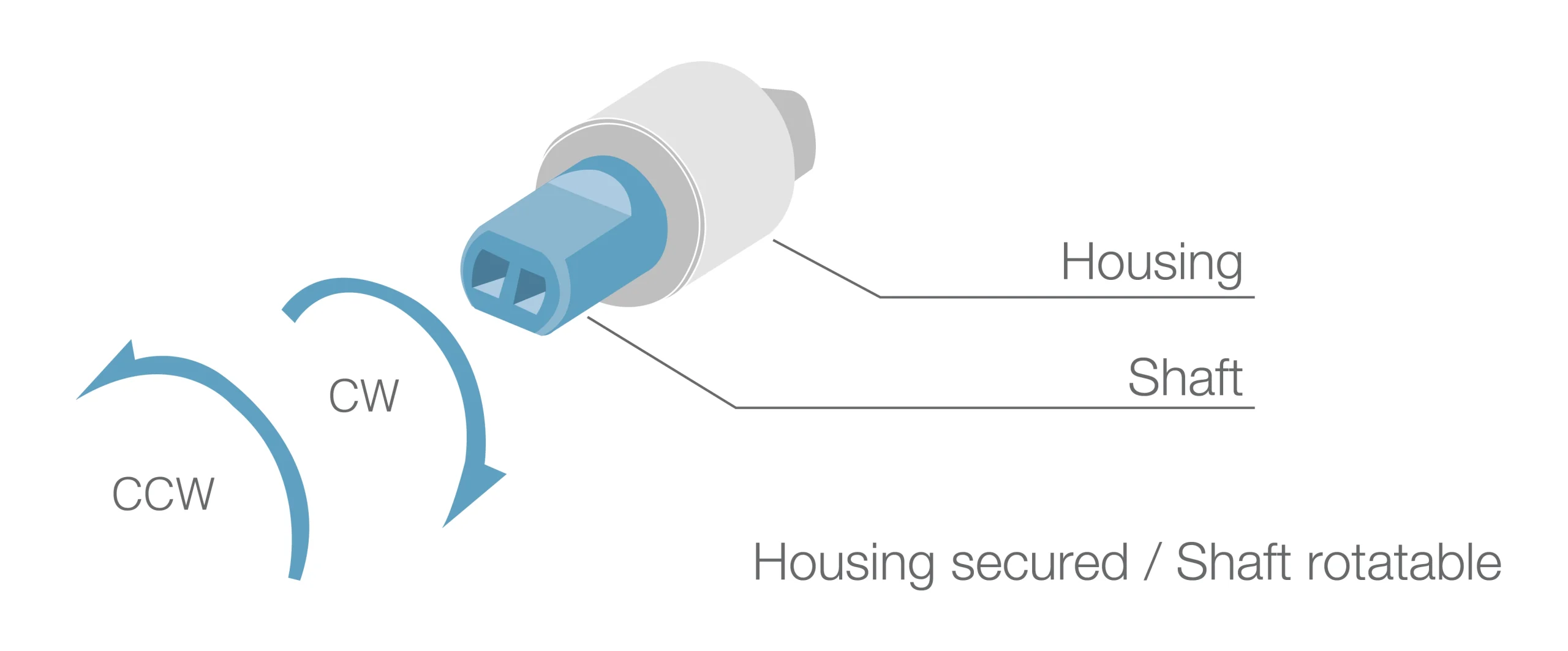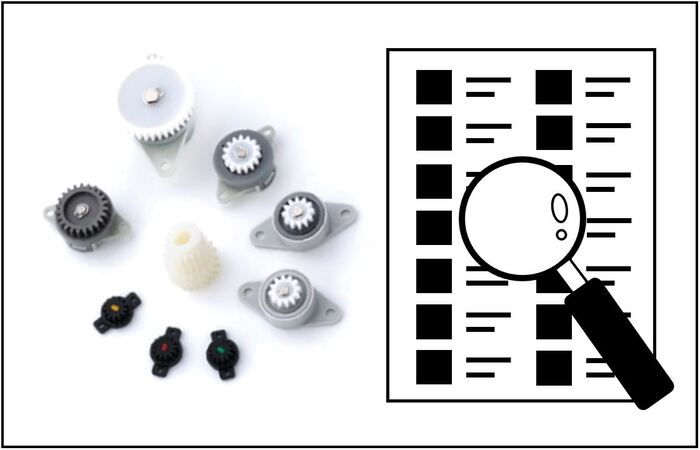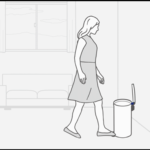
Toilet seats now often close slowly to prevent impact noise, breakage and cracking, and to create a luxurious feeling to the toilet. Although some motor systems are used, most toilet seats use a rotary damper, a mechanical component that does not require electricity.
Toilet seats close slowly because a rotary damper, which rotates slowly with viscous resistance, is mounted inside the seat hinge. A rotary damper restrains the motion of the toilet seats from slamming, creating a luxurious, relaxed motion.
In this article, we will explain in detail how the rotary damper works, how to install it, and what rotary damper we recommend for your toilet, which is easy to install and is mounted on the toilet seat to close the toilet seat slowly.
Contents
How rotary dampers work and how to install them in toilet seats

Rotary dampers close toilet seats slowly by the viscous resistance of the shaft stirring the oil sealed inside. We often use partial rotation angle dampers to close toilet seats slowly. The operating angle of partial rotation angle dampers is basically 110°, but the timing at which the oil viscosity resistance increases varies depending on the internal structure. The basic structure of the partial rotation angle dampers is shown here. You can select a rotary damper according to the motion of the toilet seat. For example, if you want to close the toilet seat slowly when it closes, select a horizontal use rotary damper, and if you want to close the entire toilet seat slowly, select a horizontal & vertical use rotary damper. Click here to see how to select rotary dampers.
And when installing a rotary damper on a toilet seat to close slowly, you need to make sure it is installed correctly. Rotary dampers generate their dampening effect in the CW/CCW directions, respectively, viewed from the shaft. When mounting a rotary damper on a toilet seat, it must be mounted in the direction in which the damping effect is desired, and it is common practice to mount the shaft on the movable side (the hinge cavity of the toilet seat) and the housing detent on the fixed side (toilet bowl) to soft close the toilet seat. If you want the housing to rotate instead of the shaft, install it the other way around. Please watch this video to understand the motion and installation of the rotary damper on a toilet seat.
Rotary dampers recommended for toilet seats

Since 1991, when TOK rotary damper was first used in soft close toilet seats, we introduce several rotary dampers recommended for soft close toilet seats, based on our experience in using rotary dampers for many domestic and foreign toilet manufacturers.
・TD99 | Outer diameter: 18 mm | Torque range: 0.98 to 1.96 N・m | Material: PBT plastic
TD99 is a TOK rotary damper of standard shape and is the most widely used product in the toilet industry. It is reasonably priced because it is made of plastic, but because it is made of chemical-resistant PBT plastic, it can withstand environments where detergents are used, such as toilets. TD99 would be the first rotary damper to consider when mounting on a toilet seat. For more detailed product information, please click here.
・TD100 | Outer diameter: 16 mm | Torque range: 1.0 to 3.0 N・m | Material: PBT plastic (housing) / Zinc die-cast (shaft)
While TD99 was made entirely of plastic, only the shaft of TD100 is made of zinc die-cast, allowing it to be mounted on heavier toilet seats. Also, the outer diameter of TD100 is 16mm, while the outer diameter of conventional products is 18-22mm. For detailed development background, please click here.
TD100 is also recommended to be used with SR14, which was developed to simplify the removal of the toilet seat. When SR14 is attached to the rotary damper, the toilet seat can be easily removed for cleaning while pressing the button on SR14. With the same small outer diameter of 16mm as TD100, this design does not interfere with the appearance of the application. When used in combination with a rotary damper, SR14 provides both quick release and soft close functions, differentiating it from the competition. SR14 leaflet can be found here.
SR14 was developed for use with TD100 but can also be used with other rotary dampers.
・TD129 | Outer diameter: 16mm | Torque range: 3.5 to 4.0N・m | Material: Zinc die-cast
This rotary damper can be mounted on even heavier toilet seats because it is made entirely of zinc die-cast and has high rigidity. TD129, like TD100, has an outside diameter of 16mm, which makes it easy to install even with a small mounting area. This product was also developed for European toilet seats with high design quality and meets the demand for an even more affordable rotary damper. For detailed development background, please click here.
Summary of Why does the toilet seat close slowly? Mechanism explanation
There are many different types of rotary dampers to choose from, such as the size to match of the toilet seat you want to use, or the material to suit the environment in which chemicals are used. In this article, we introduced a rotary damper suitable for lids that close horizontally, using a toilet seat as an example. However, TOK rotary dampers are not designed specifically for use with toilet seats, but rather are standard products used with toilet seats and can be used in other applications without problems. Regardless of the application, if you have any questions or requests, please feel free to contact us using this inquiry form.
フォームが表示されるまでしばらくお待ち下さい。
恐れ入りますが、しばらくお待ちいただいてもフォームが表示されない場合は、こちらまでお問い合わせください。












